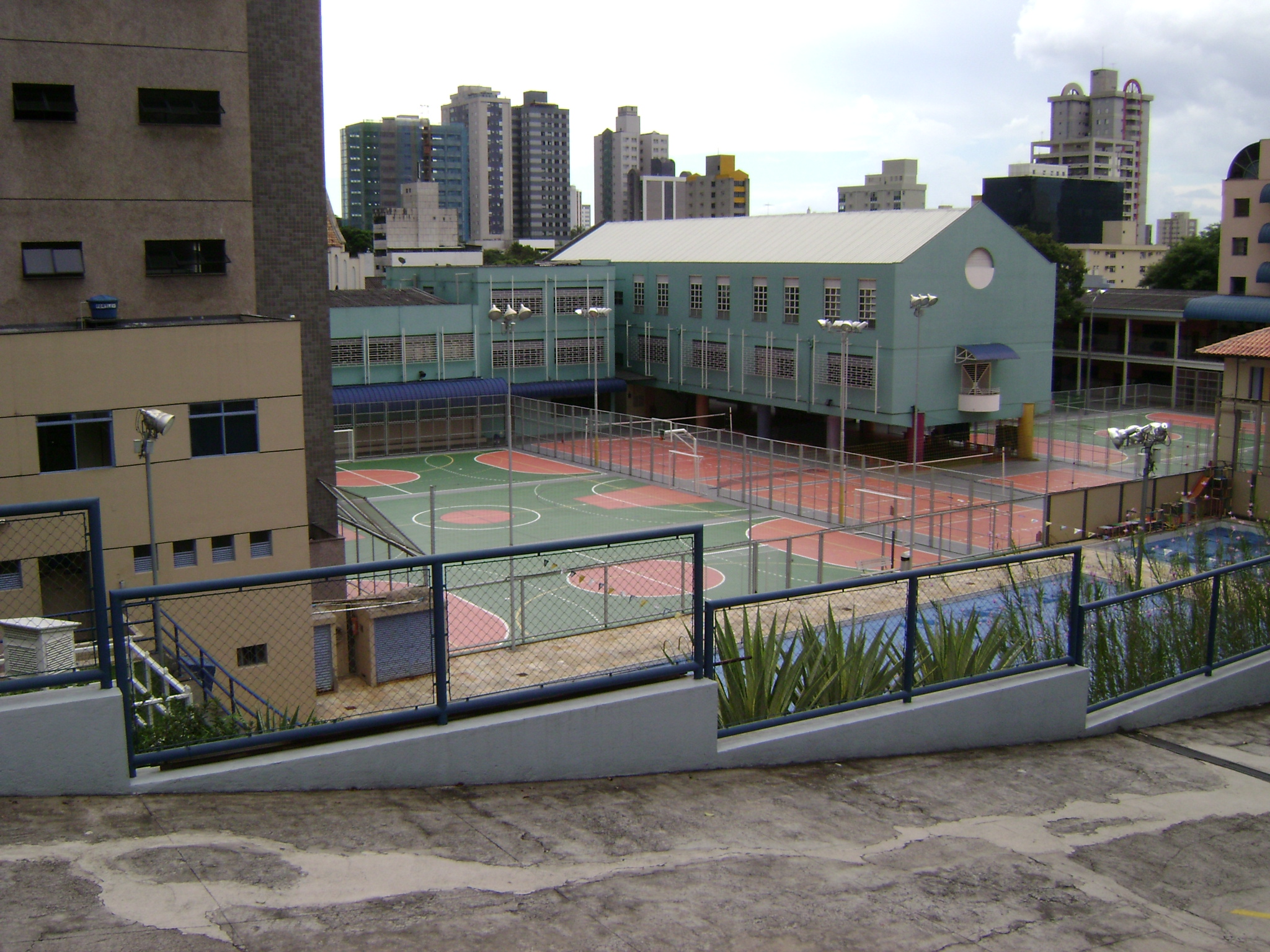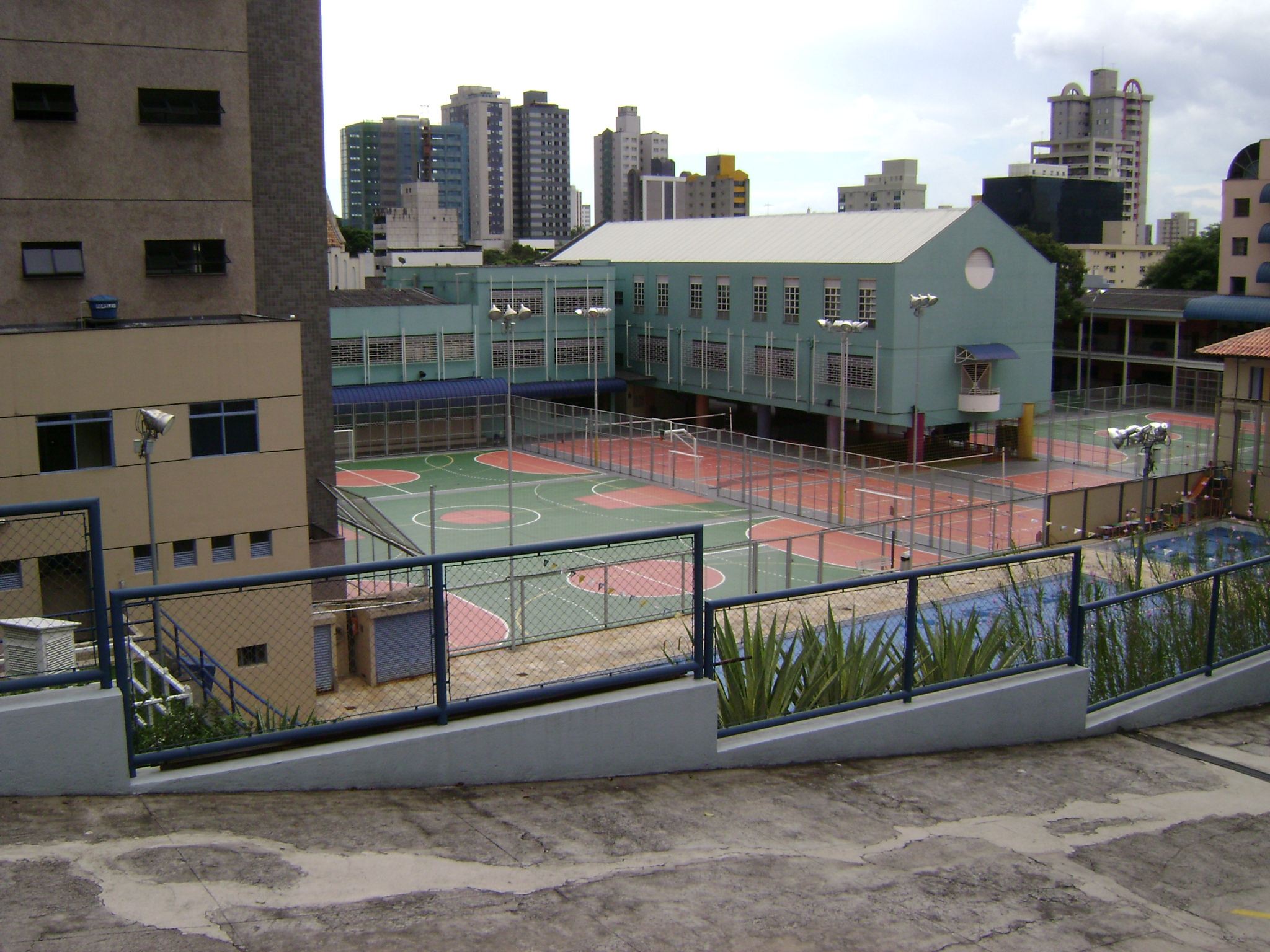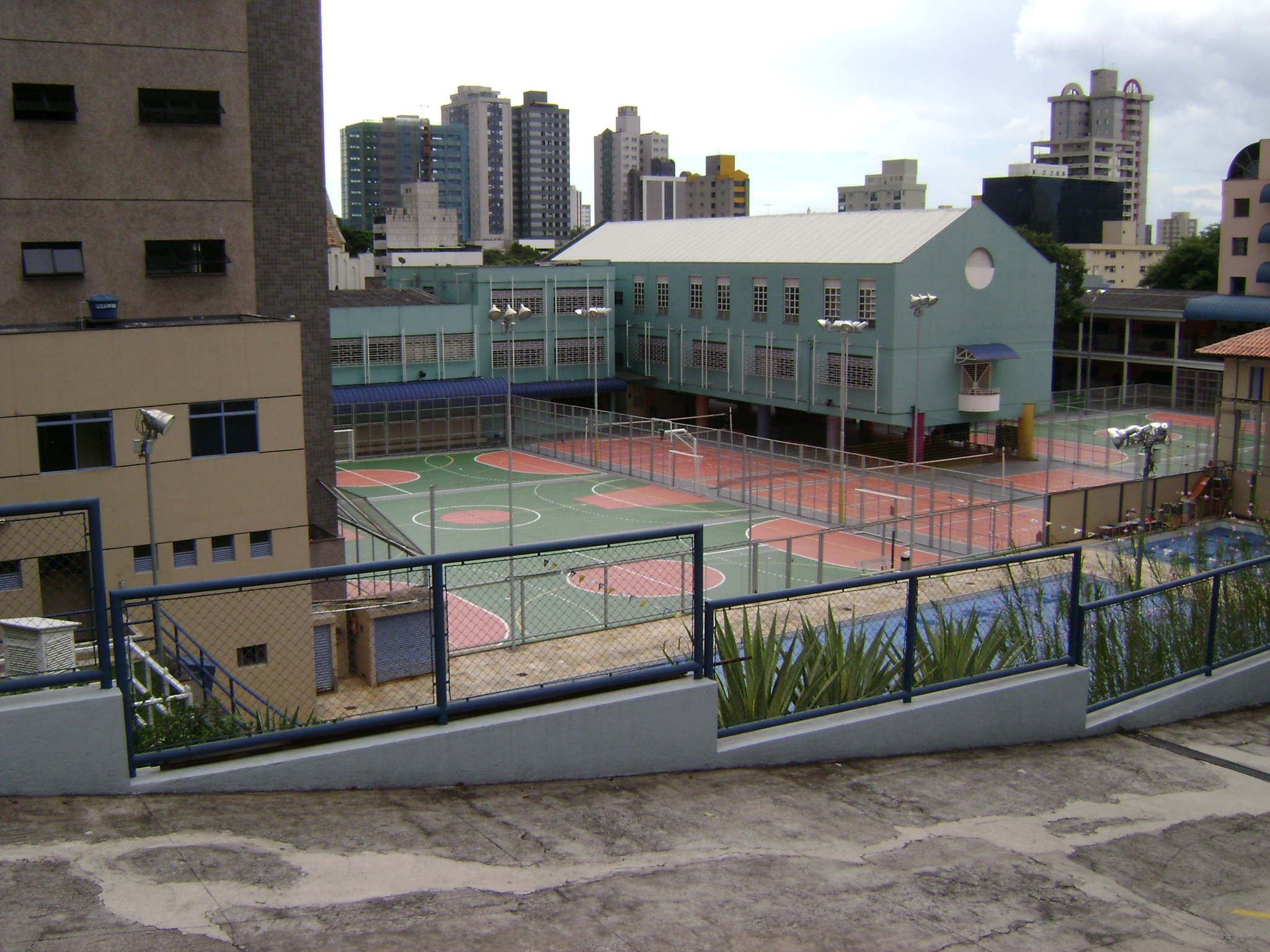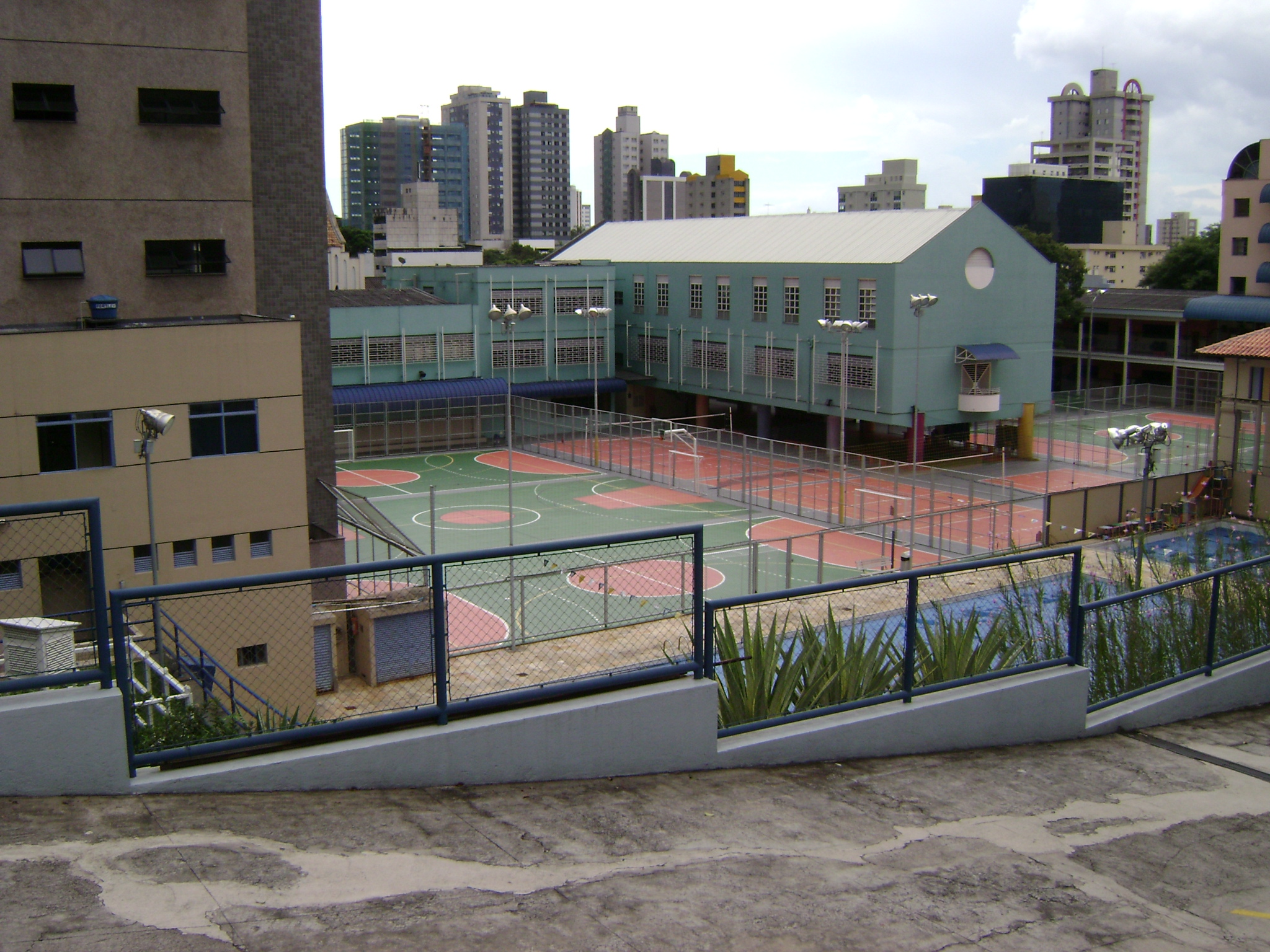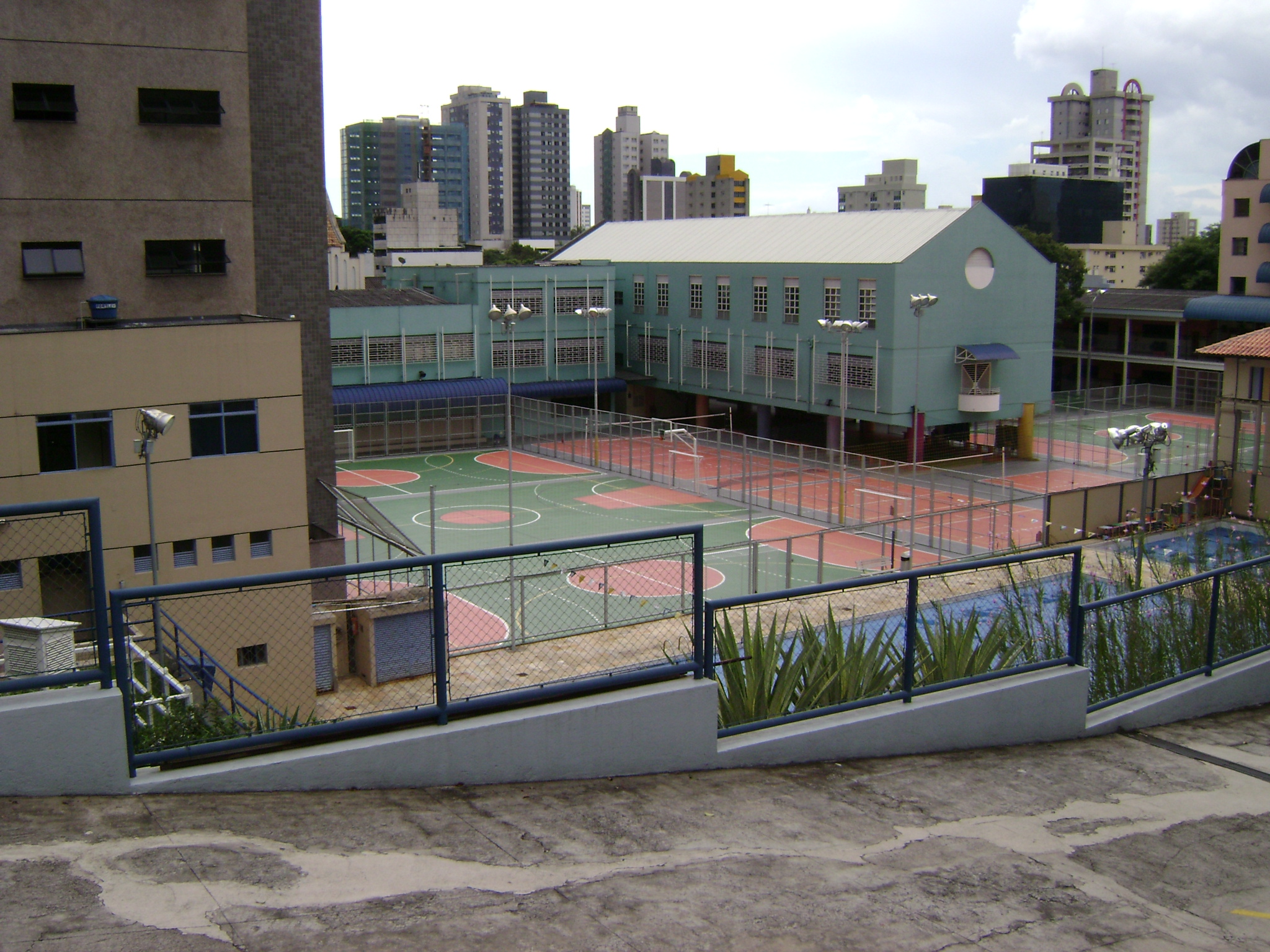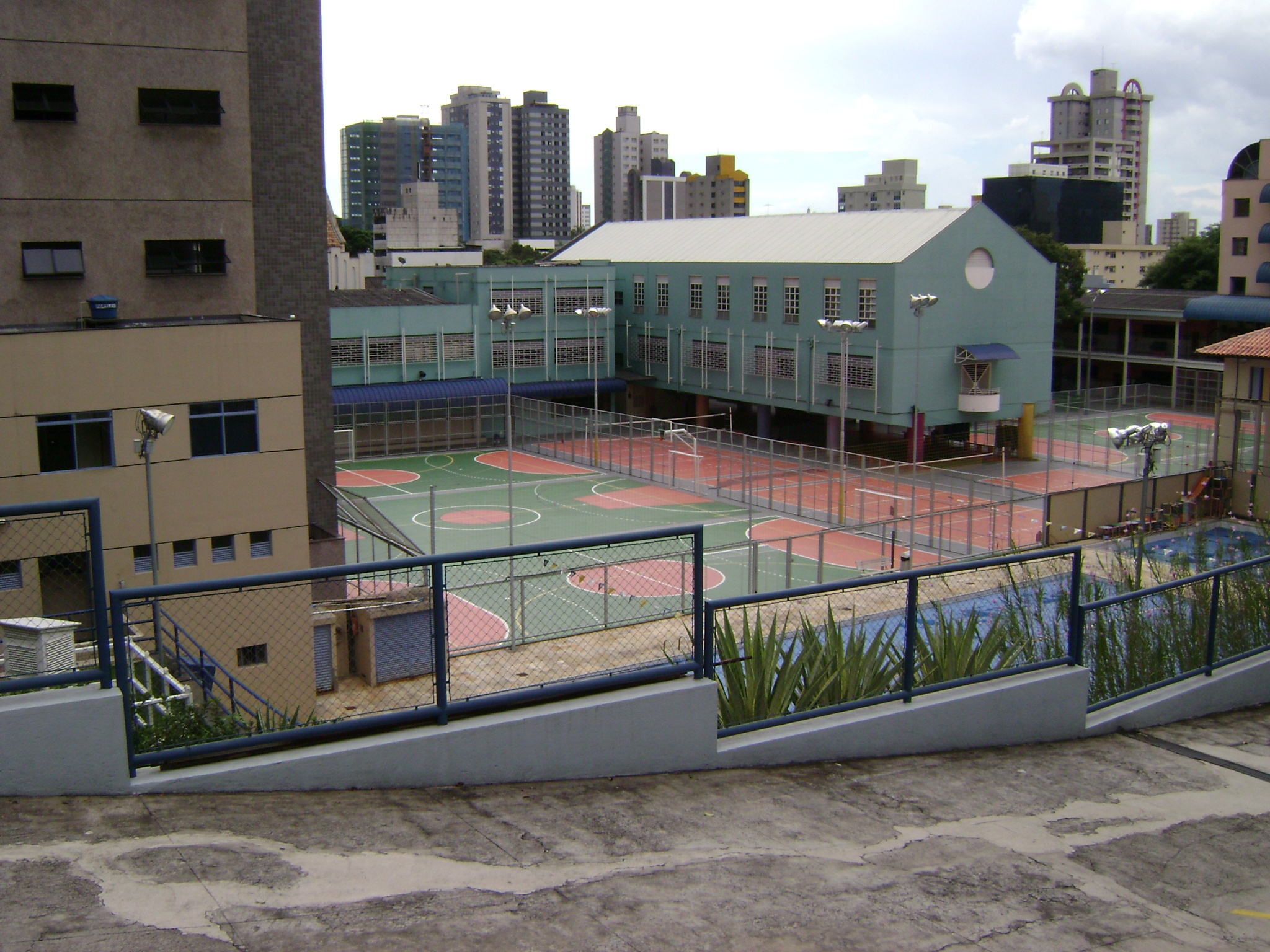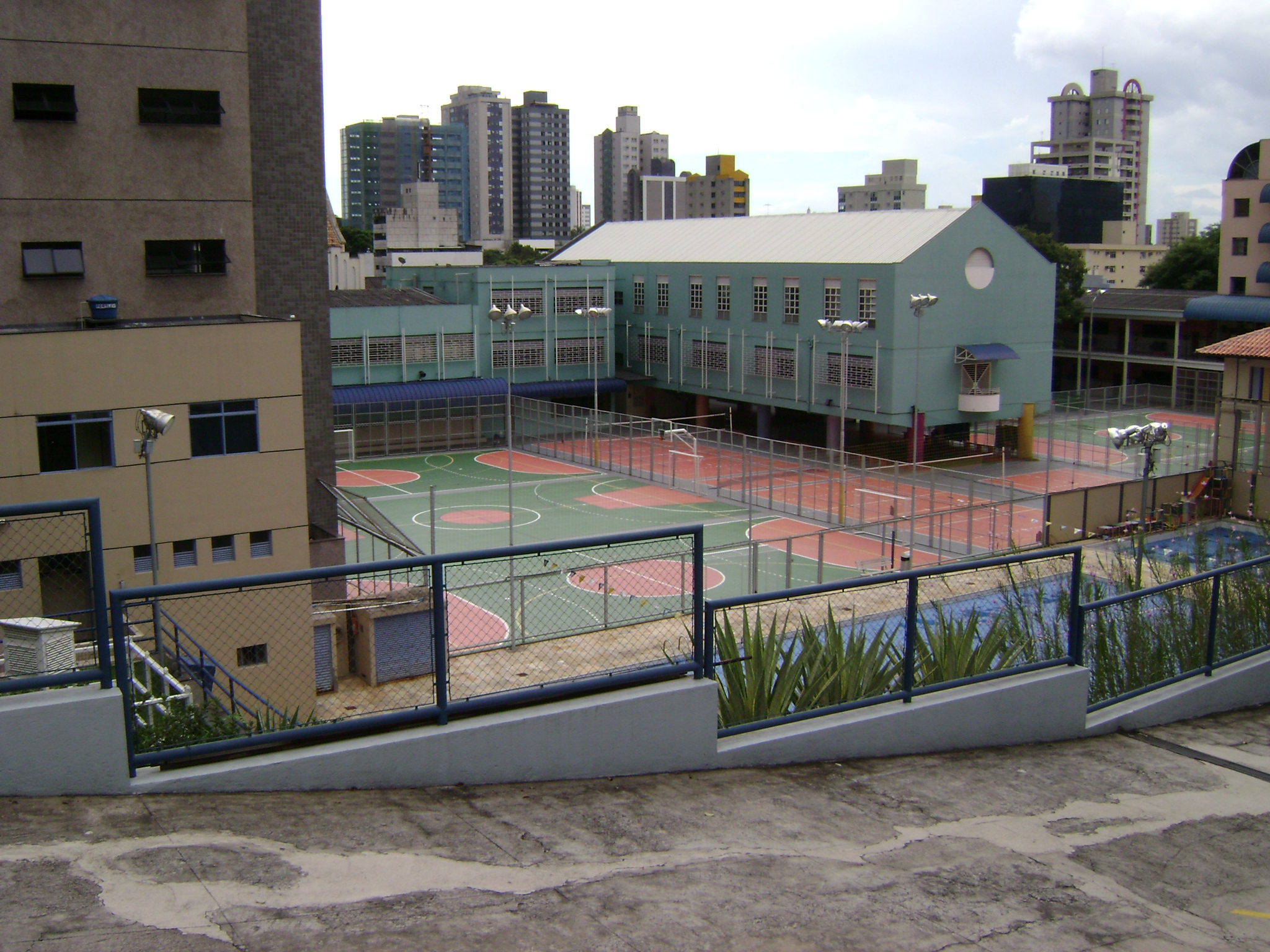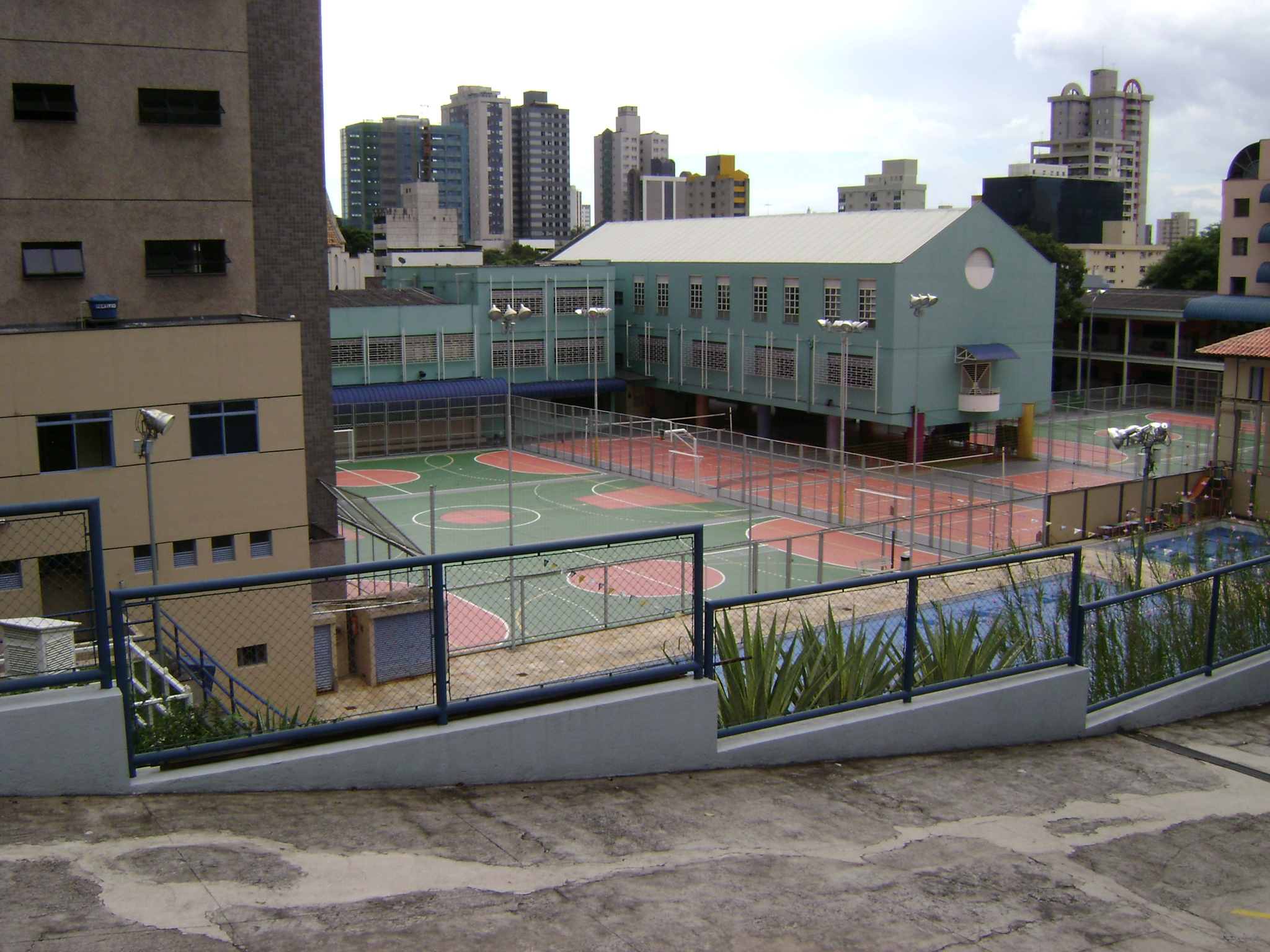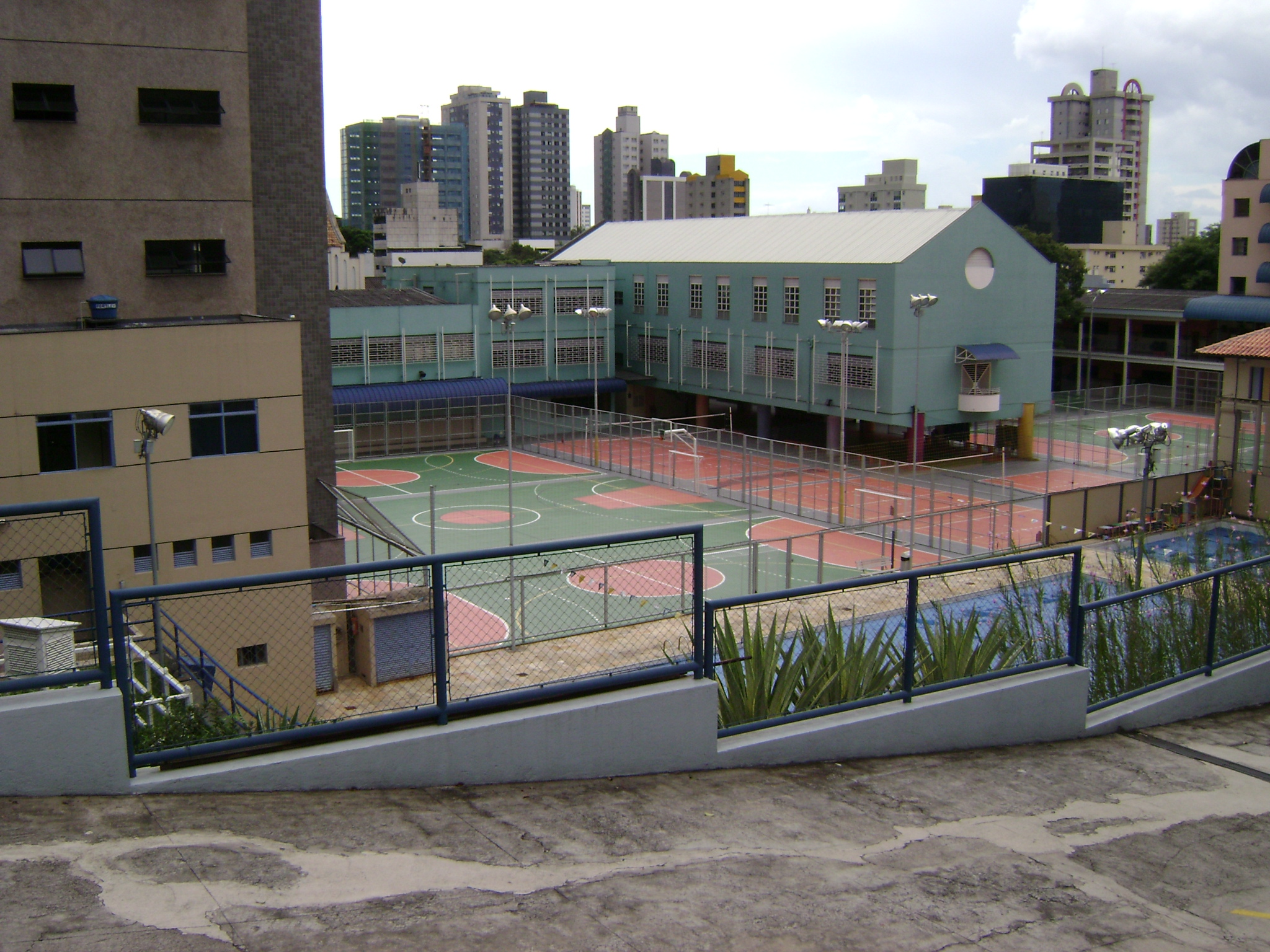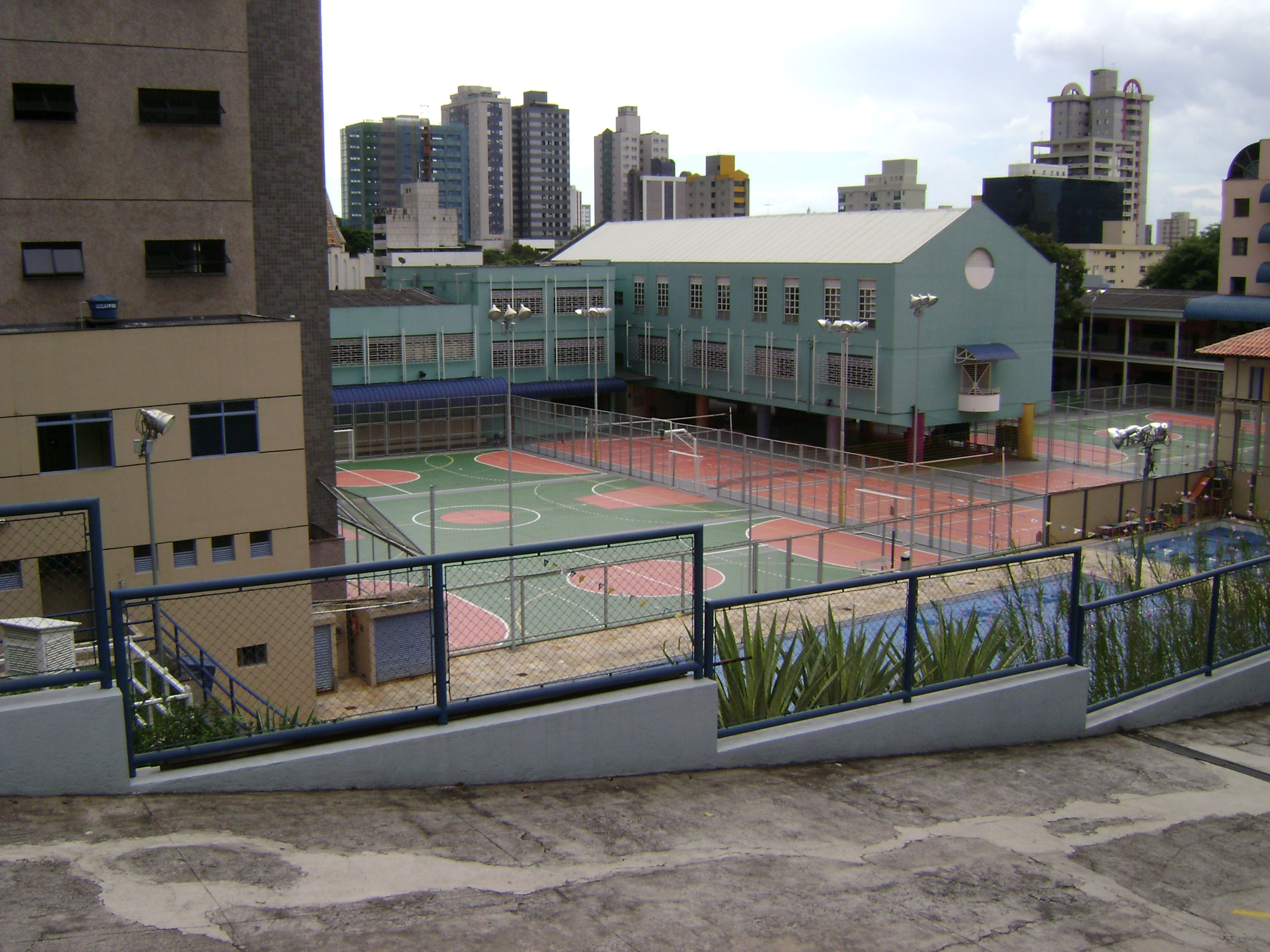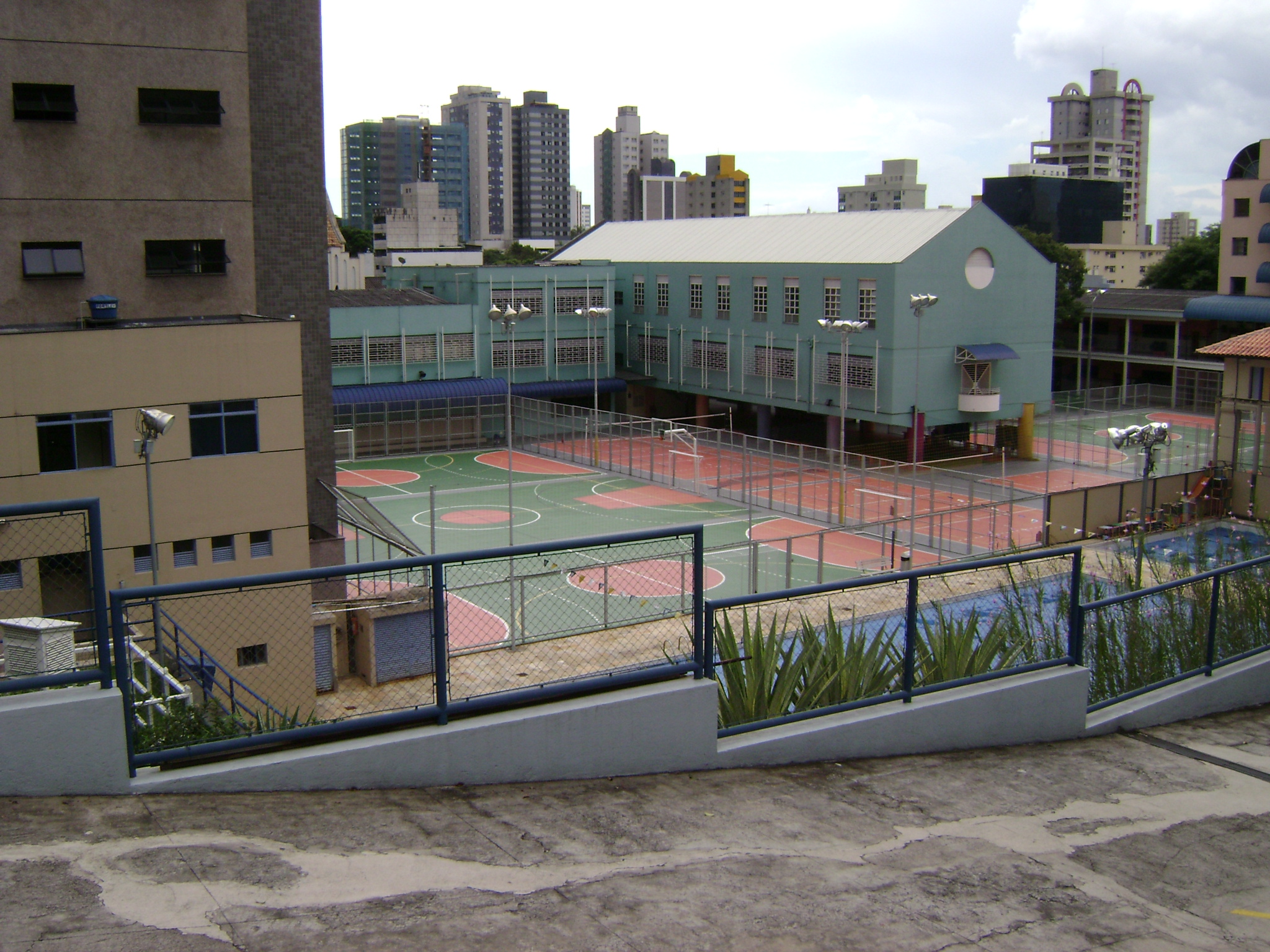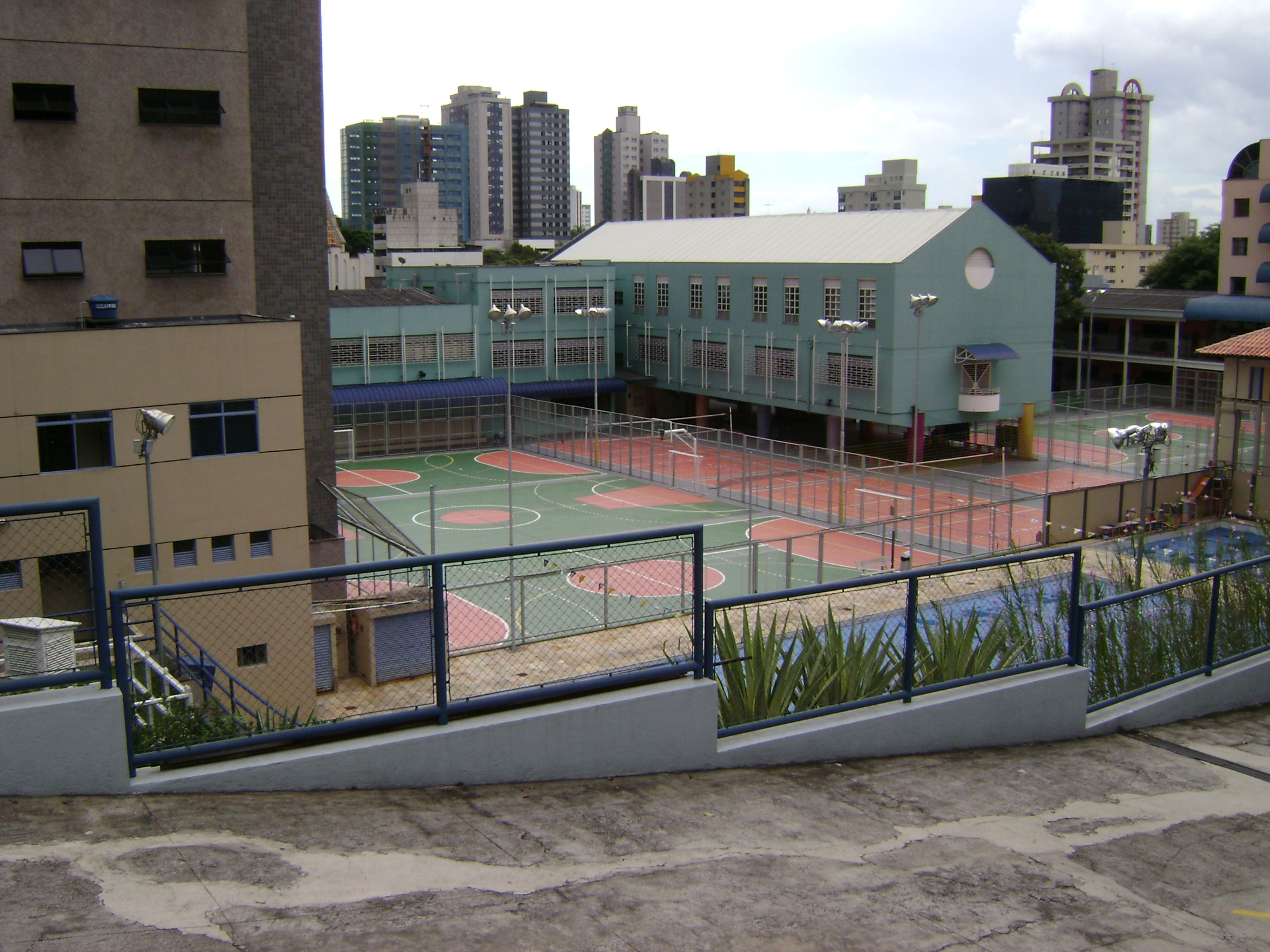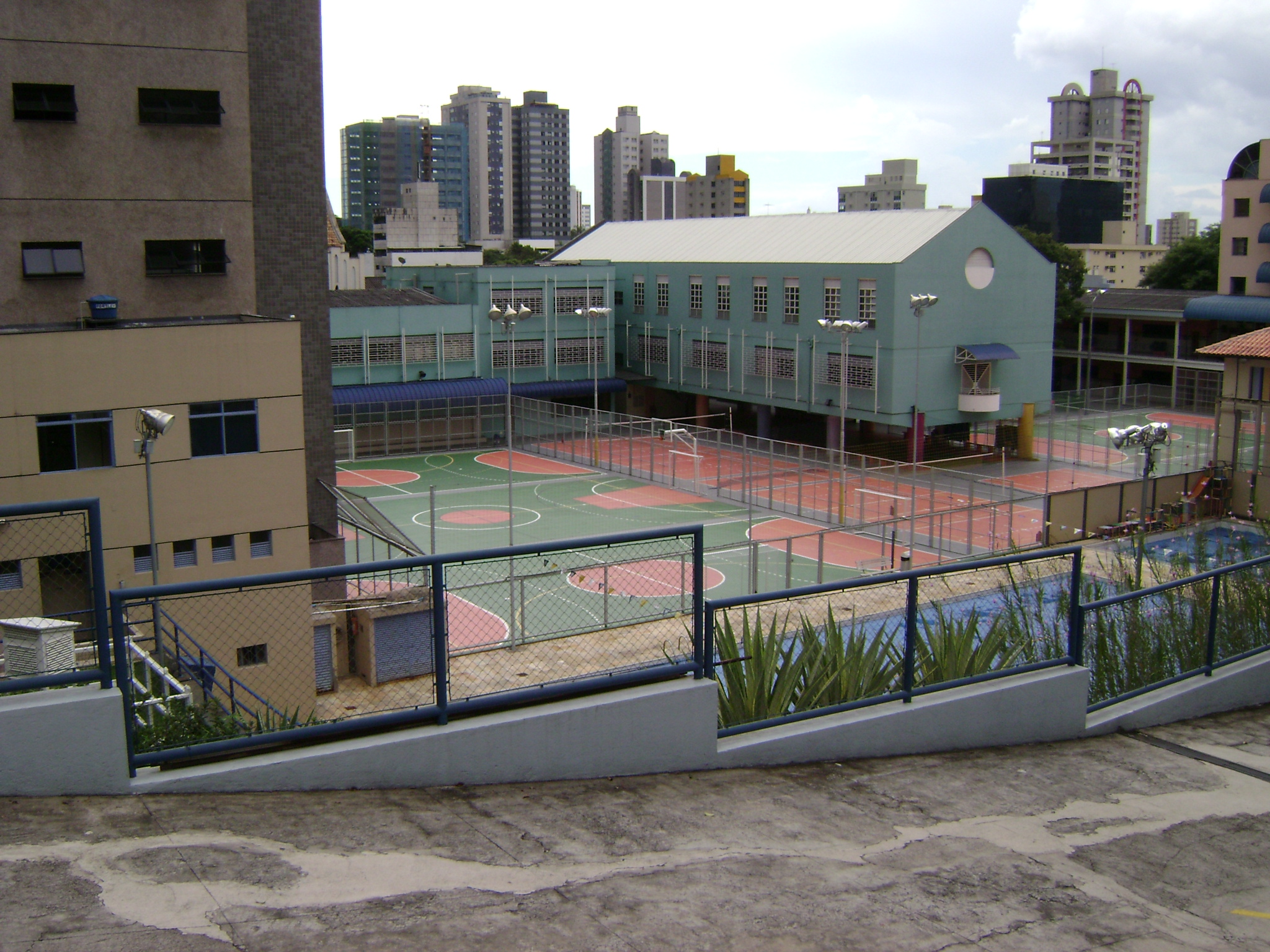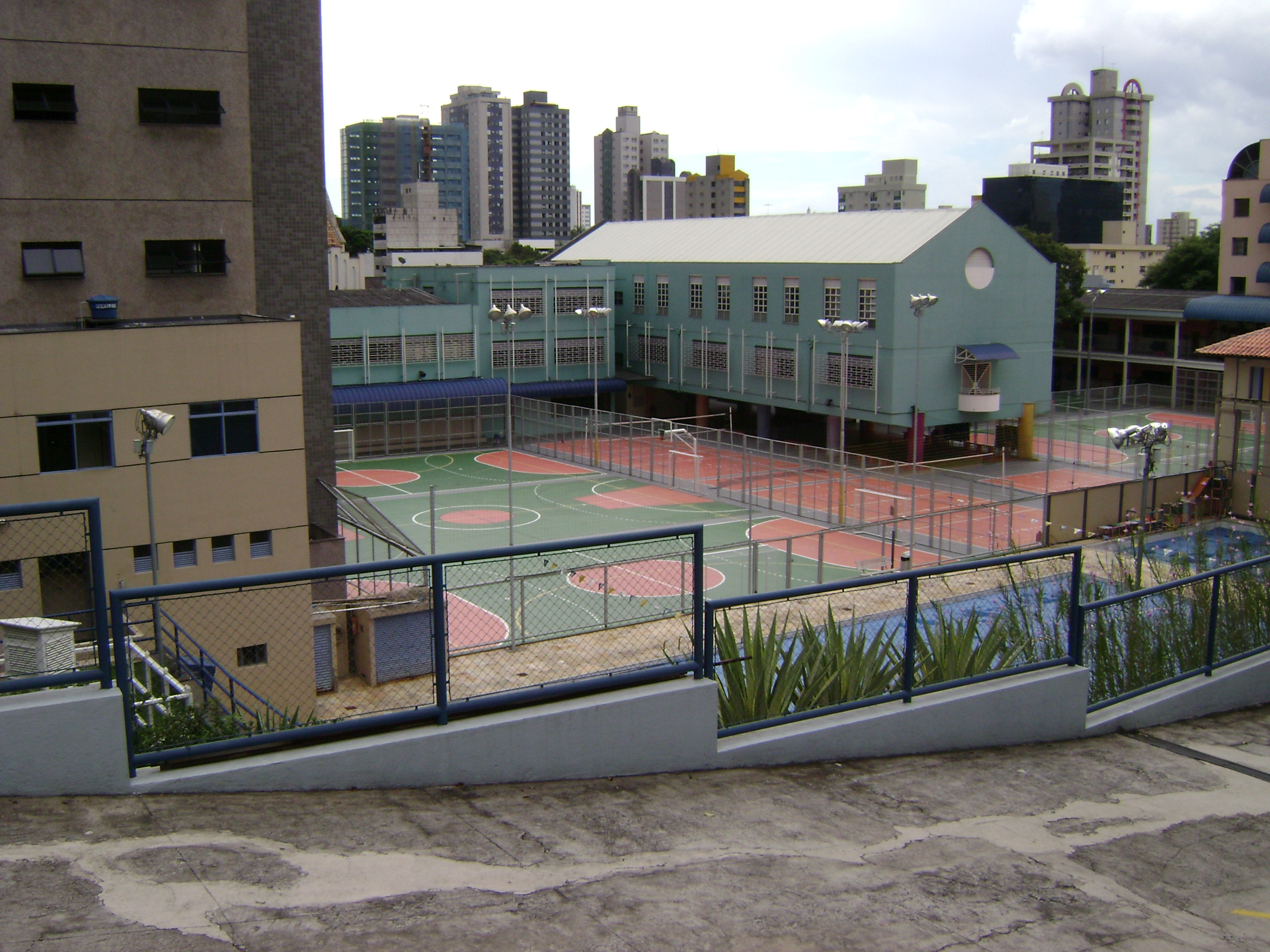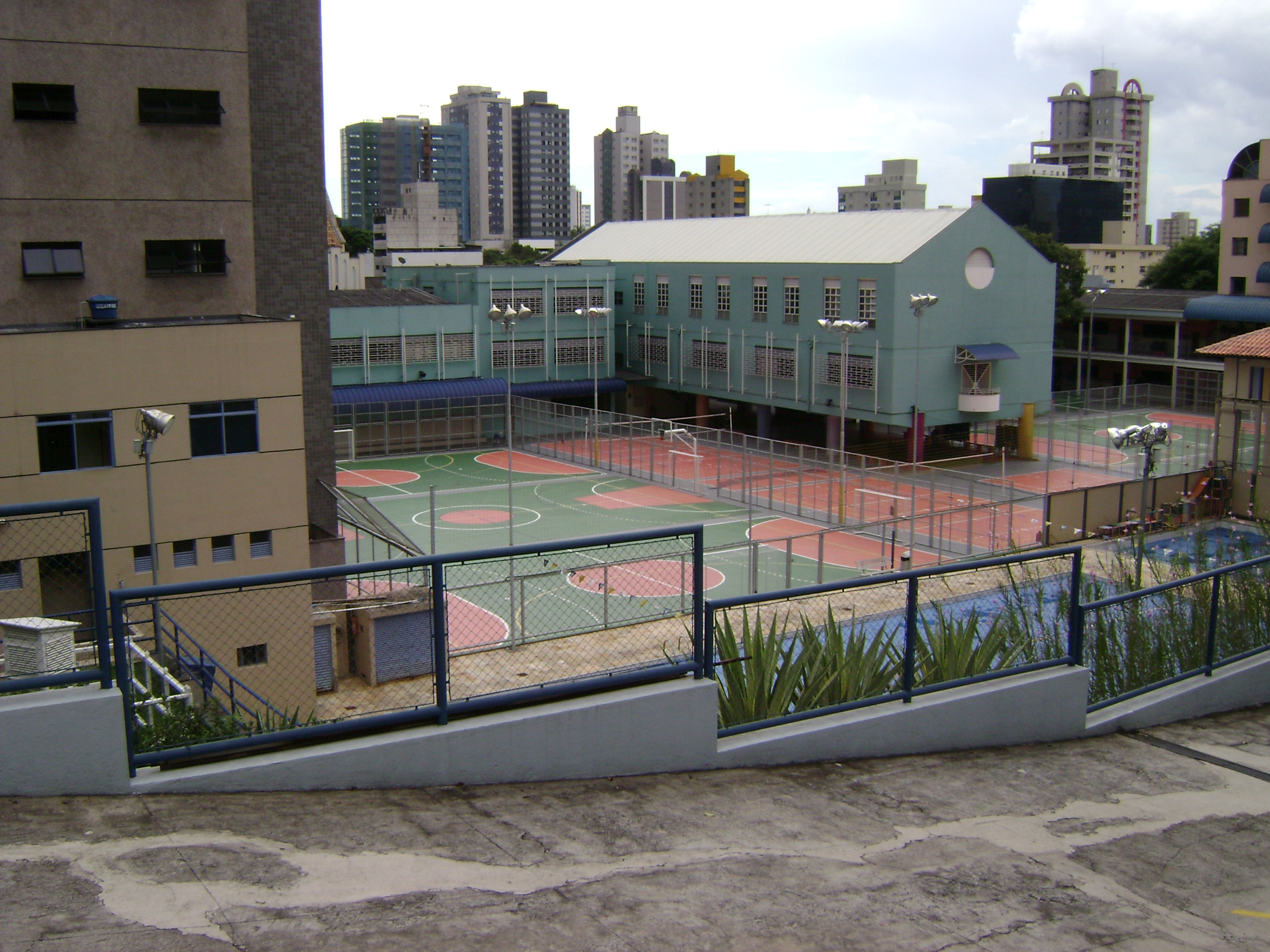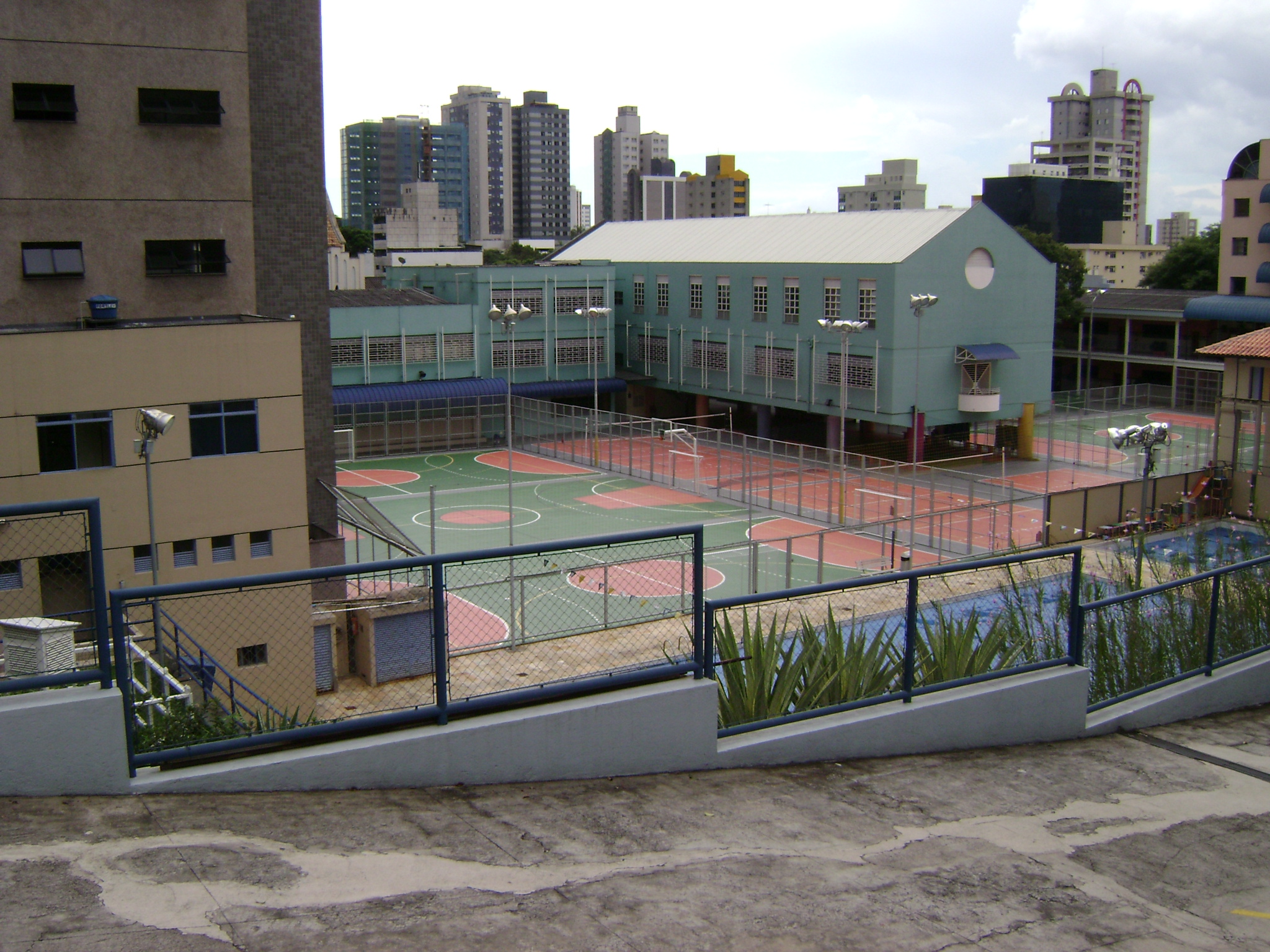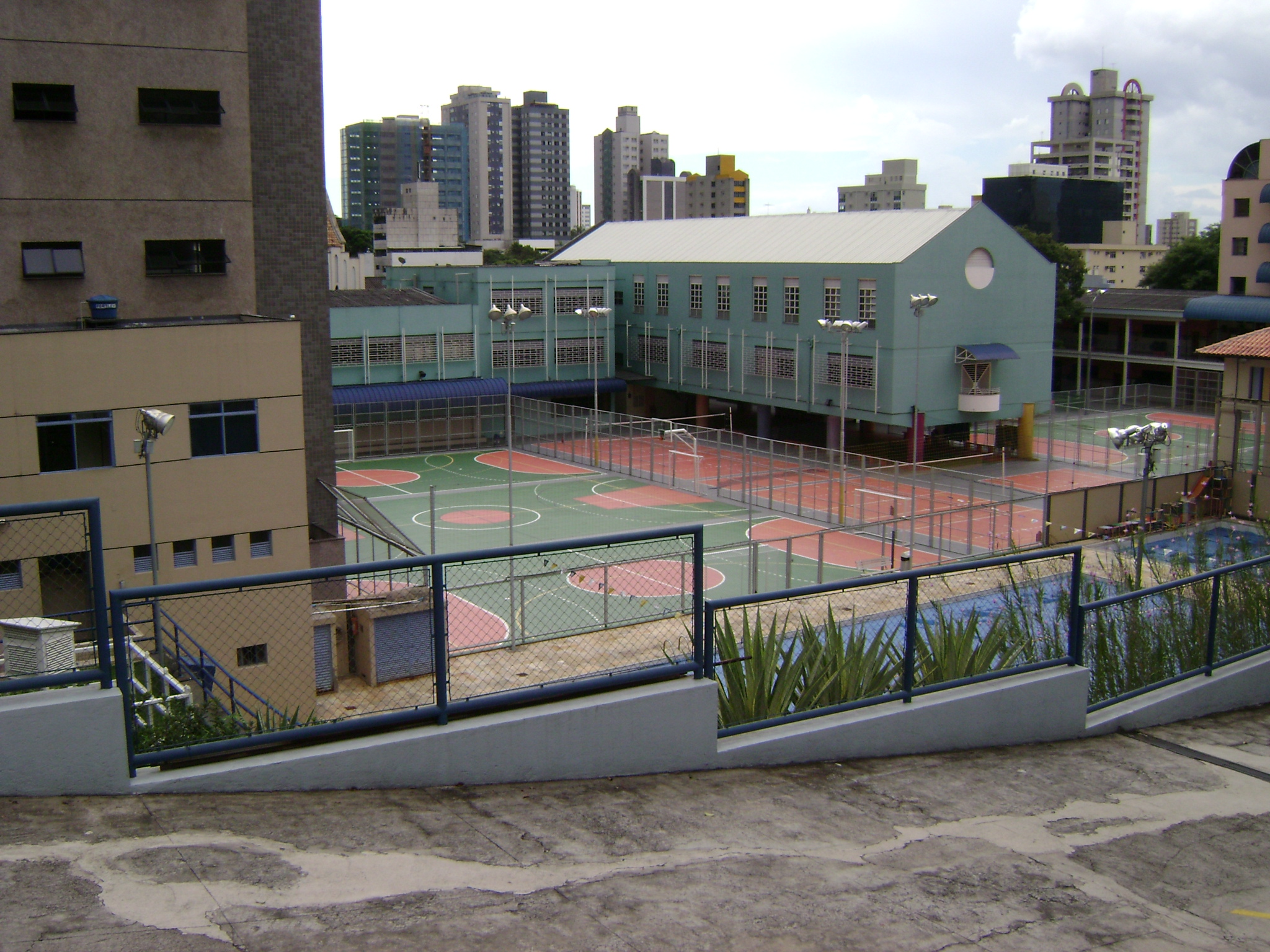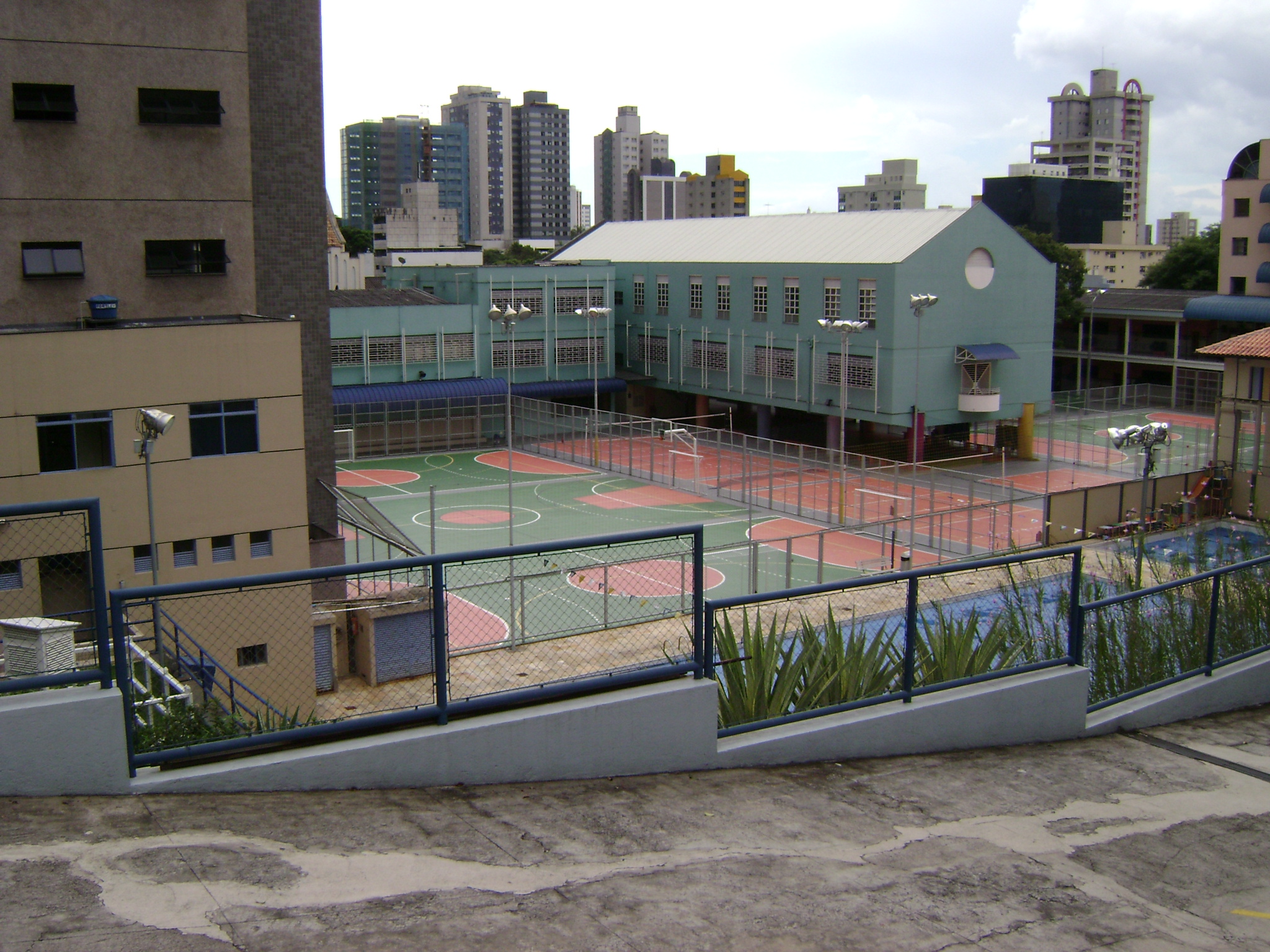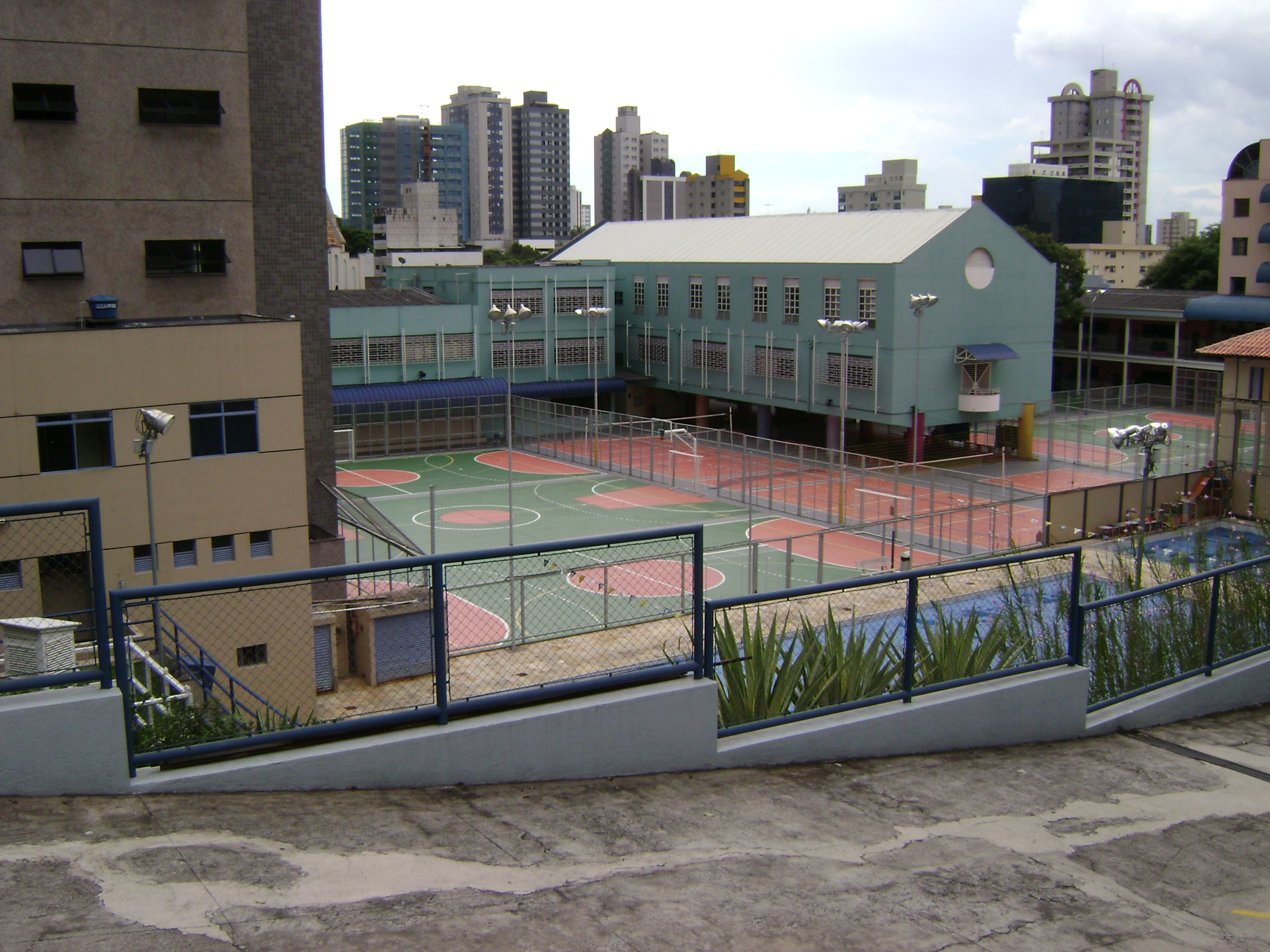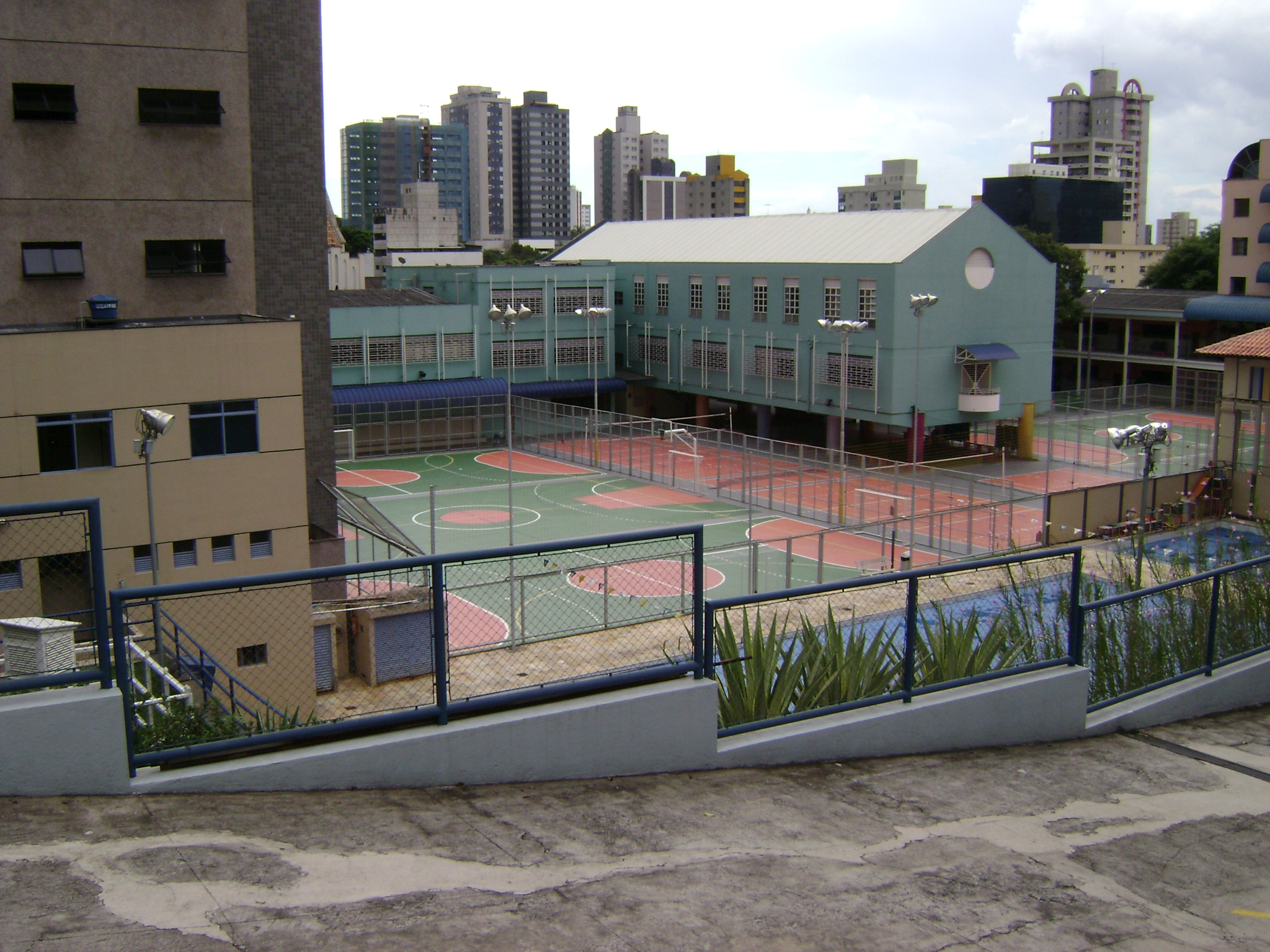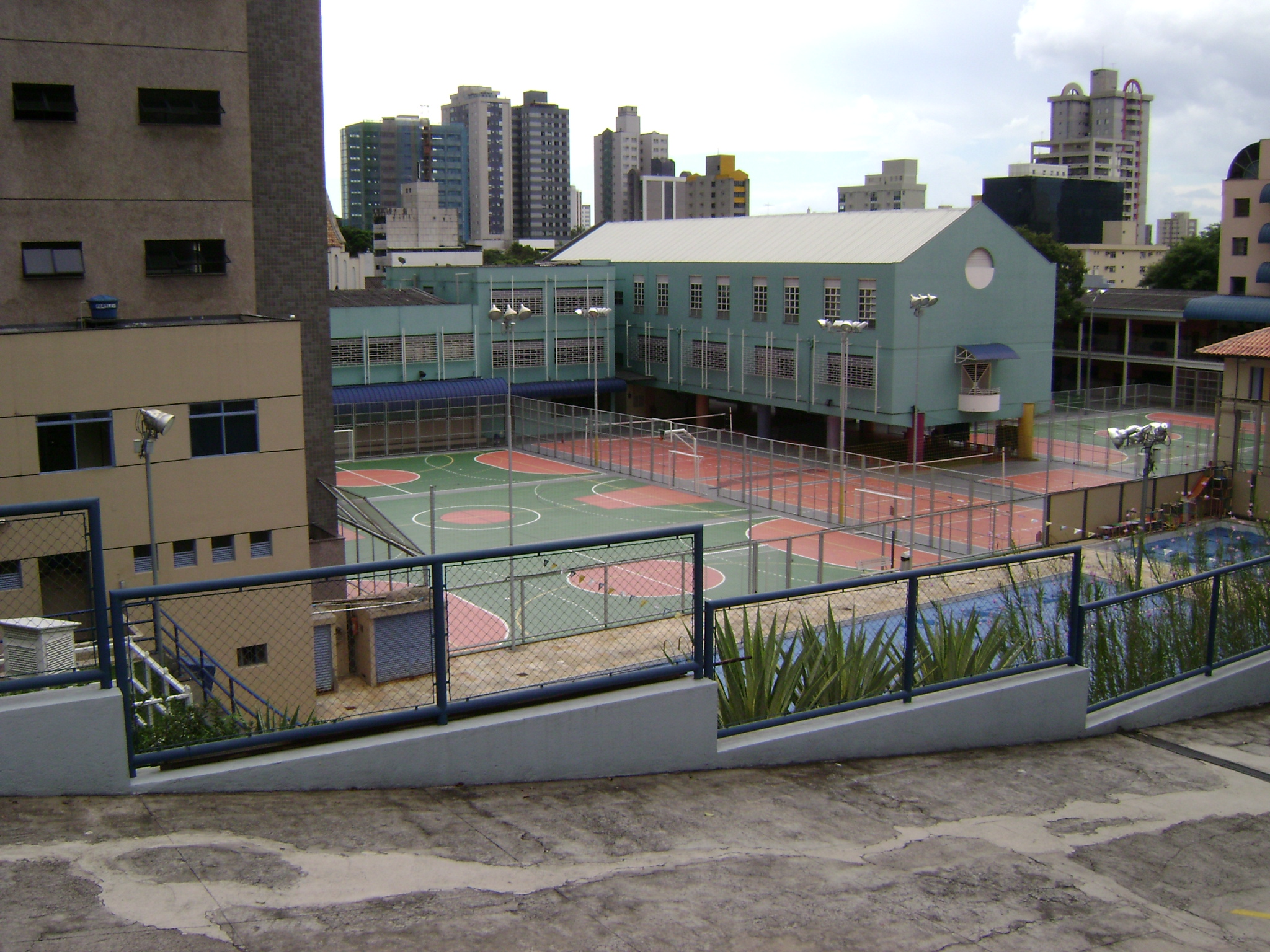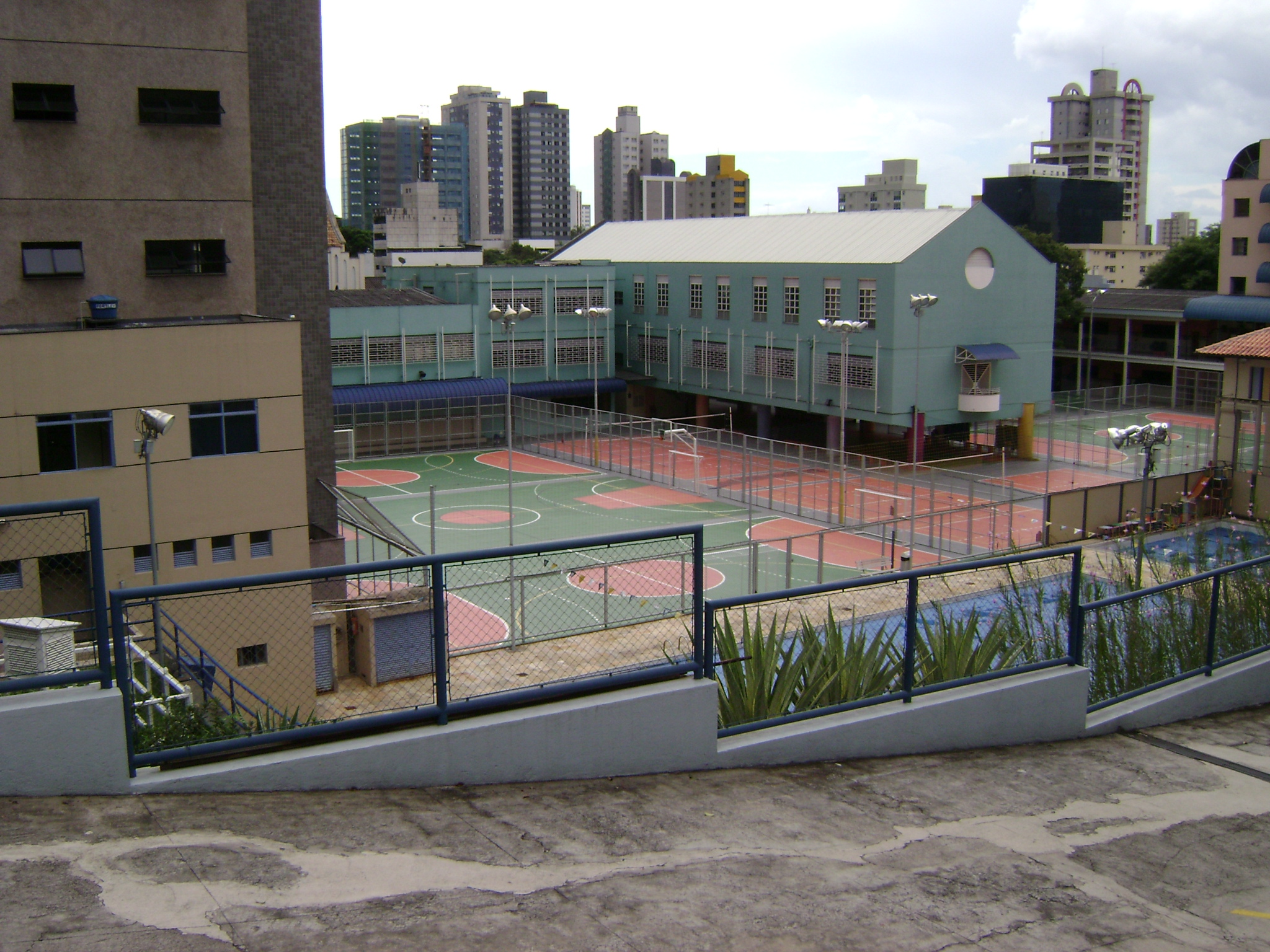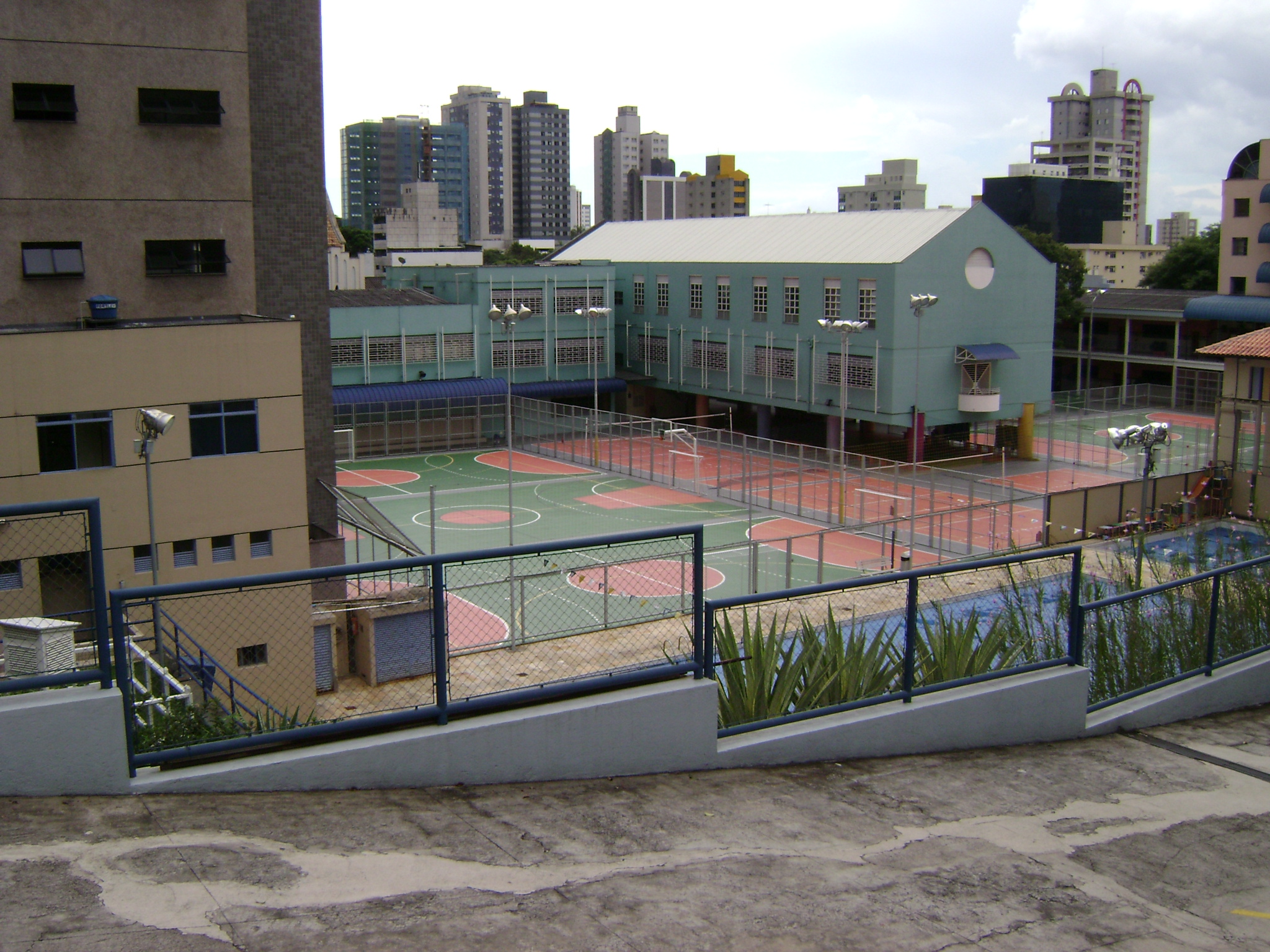Sports clubs across the UK face unique risks when it comes to protecting their most valuable assets – their players. Whether you're running a l…
Sports Club Buildings Insurance: Complete Protection Guide for UK Sports Facilities
Introduction
Sports clubs across the UK face unique risks that standard commercial insurance policies often fail to address adequately. From weather damage to specialized equipment theft, sports facilities require comprehensive buildings insurance tailored to their specific operational needs. Whether you manage a football club, tennis facility, cricket ground, or multi-sport complex, understanding the intricacies of sports club buildings insurance is crucial for protecting your investment and ensuring business continuity.
What is Sports Club Buildings Insurance?
Sports club buildings insurance is a specialized form of commercial property insurance designed specifically for sports facilities and recreational venues. Unlike standard commercial buildings insurance, this coverage takes into account the unique risks associated with sports facilities, including outdoor structures, specialized surfaces, and seasonal operational patterns.
This insurance typically covers the physical structure of your sports facility, including clubhouses, changing rooms, grandstands, storage facilities, and any permanent fixtures essential to your operations. The coverage extends beyond basic fire and theft protection to include weather-related damage, vandalism, and sport-specific risks that could impact your facility.
Key Coverage Areas
Building Structure Protection
Your sports club's buildings insurance should provide comprehensive coverage for all permanent structures on your premises. This includes the main clubhouse, changing facilities, equipment storage areas, spectator stands, and any administrative buildings. The policy should cover repair or rebuilding costs following damage from covered perils, ensuring your facility can return to full operation as quickly as possible.
Specialized Sports Surfaces
Many sports clubs invest heavily in specialized playing surfaces, from artificial turf to clay courts. Quality buildings insurance for sports clubs should recognize these surfaces as part of the building structure, providing coverage for damage caused by weather, vandalism, or accidental damage. This is particularly important for clubs with expensive synthetic surfaces or specialized court systems.
Outdoor Structures and Equipment
Sports facilities often feature permanent outdoor installations such as floodlights, scoreboards, fencing, and goal posts. These structures face constant exposure to weather conditions and potential vandalism. Comprehensive buildings insurance should cover these fixtures, recognizing their essential role in your club's operations.
Seasonal and Weather-Related Risks
UK sports clubs face significant seasonal challenges, from winter storm damage to summer drought effects on natural surfaces. Your buildings insurance should account for these cyclical risks, providing coverage for weather-related damage that could interrupt your season or require costly repairs.
Industry-Specific Risks
Weather and Environmental Damage
Sports facilities are particularly vulnerable to weather-related damage due to their outdoor nature and large roof spans. Heavy rainfall can cause flooding in changing rooms and storage areas, while strong winds can damage grandstands, fencing, and outdoor equipment. Hail damage to specialized surfaces can be particularly costly to repair.
Vandalism and Break-ins
Sports clubs, especially those in urban areas, face higher risks of vandalism and theft. Facilities are often unattended for extended periods, making them attractive targets. Buildings insurance should cover damage to structures, fixtures, and any building-integrated equipment resulting from criminal activity.
Subsidence and Ground Movement
Sports facilities often feature large, open structures with significant ground coverage. This can make them more susceptible to subsidence issues, particularly if the facility includes heavy structures like grandstands or if the ground has been extensively modified for playing surfaces.
Fire and Electrical Risks
Clubhouses and sports facilities often contain electrical equipment for lighting, heating, and specialized systems. The combination of electrical installations and potentially older building structures can create fire risks that require comprehensive coverage.
Benefits of Specialized Sports Club Buildings Insurance
Tailored Coverage Limits
Standard commercial buildings insurance may not provide adequate coverage limits for specialized sports facilities. Sports club buildings insurance can be tailored to reflect the true replacement cost of your facility, including specialized surfaces and sport-specific installations.
Business Interruption Protection
When your facility suffers damage, the impact goes beyond repair costs. Lost membership fees, cancelled events, and ongoing expenses can significantly impact your club's finances. Quality buildings insurance should include business interruption coverage to help maintain cash flow during repair periods.
Seasonal Adjustment Options
Many sports clubs experience seasonal variations in their operations and risk exposure. Specialized insurance can offer flexible coverage that adjusts to your operational calendar, potentially reducing costs during off-seasons while maintaining full protection during peak periods.
Expert Claims Handling
Insurance providers experienced with sports facilities understand the urgency of getting clubs back to operation. They can provide specialized claims handling that recognizes the importance of seasonal timing and the unique challenges of sports facility repairs.
Choosing the Right Coverage
Assessing Your Facility's Value
Accurately valuing your sports facility is crucial for ensuring adequate coverage. This includes not just the basic building structure but also specialized installations, surfaces, and any recent improvements. Consider engaging a professional valuer familiar with sports facilities to ensure your coverage limits are appropriate.
Understanding Policy Exclusions
Sports club buildings insurance policies may include specific exclusions related to certain types of damage or circumstances. Common exclusions might include damage from certain weather conditions, wear and tear on playing surfaces, or damage occurring during unauthorized use of facilities.
Additional Coverage Options
Consider additional coverage options that might benefit your specific facility. This could include coverage for temporary facilities during repairs, protection for outdoor events, or coverage for volunteer-related activities that might not be included in standard policies.
Regular Policy Reviews
Sports facilities evolve over time with improvements, additions, and changes in use. Regular policy reviews ensure your coverage keeps pace with these changes and continues to provide adequate protection for your investment.
Claims Process and Support
Immediate Response Procedures
When damage occurs to your sports facility, quick response is essential to minimize further damage and begin the recovery process. Your insurance provider should offer 24/7 claims reporting and emergency response services to help secure your facility and begin the claims process immediately.
Documentation Requirements
Sports facility claims often involve specialized damage that requires detailed documentation. Your insurance provider should guide you through the documentation process and may provide access to specialists familiar with sports facility construction and repair requirements.
Repair and Restoration
The repair process for sports facilities often involves specialized contractors and materials. Quality insurance providers maintain networks of contractors experienced with sports facility repairs, helping ensure work is completed to appropriate standards and within reasonable timeframes.
Cost Factors and Considerations
Location and Risk Assessment
The location of your sports facility significantly impacts insurance costs. Facilities in areas prone to flooding, high crime rates, or severe weather may face higher premiums. However, risk mitigation measures such as security systems, flood defenses, or weather monitoring can help reduce costs.
Facility Age and Construction
Newer facilities built to modern standards typically qualify for lower insurance rates due to improved fire safety, structural integrity, and weather resistance. Older facilities may require updates to safety systems or structural improvements to maintain competitive insurance rates.
Claims History
Your club's claims history significantly impacts insurance costs. Facilities with frequent claims may face higher premiums, while clubs with good risk management practices and clean claims records often qualify for preferential rates.
Coverage Levels and Deductibles
Balancing coverage levels with affordable premiums requires careful consideration of your club's financial capacity and risk tolerance. Higher deductibles can reduce premium costs but increase your financial exposure in the event of a claim.
Risk Management Best Practices
Regular Maintenance Programs
Implementing comprehensive maintenance programs for your facility can help prevent many types of damage and demonstrate good risk management to insurers. This includes regular inspections of roofing, electrical systems, and structural elements.
Security Measures
Installing appropriate security systems, including CCTV, alarms, and secure fencing, can help reduce vandalism and theft risks while potentially qualifying your club for insurance discounts.
Weather Monitoring and Response
Developing procedures for responding to severe weather warnings can help minimize damage and demonstrate proactive risk management. This might include securing loose equipment, checking drainage systems, and having emergency contact procedures in place.
Staff Training and Procedures
Ensuring staff understand emergency procedures, proper equipment operation, and basic maintenance requirements can help prevent accidents and minimize damage when incidents occur.
Regulatory Compliance and Requirements
Building Regulations Compliance
Sports facilities must comply with various building regulations and safety standards. Your insurance should cover the cost of bringing repairs up to current regulatory standards, even if the original construction predated current requirements.
Health and Safety Requirements
Sports facilities face specific health and safety requirements that can impact insurance coverage. Ensuring your facility meets all relevant standards helps maintain coverage validity and can reduce premium costs.
Licensing and Permits
Many sports facilities require various licenses and permits for operation. Your insurance should consider the impact of regulatory compliance on your operations and provide appropriate coverage for regulatory-related risks.
Working with Insurance Providers
Choosing Experienced Providers
Selecting an insurance provider with specific experience in sports facility coverage ensures they understand your unique risks and requirements. Look for providers who can demonstrate experience with similar facilities and understand the sports club environment.
Regular Communication
Maintaining regular communication with your insurance provider helps ensure your coverage remains appropriate as your facility evolves. This includes reporting significant changes, improvements, or new activities that might affect your risk profile.
Professional Advice
Consider working with insurance brokers or advisors who specialize in sports facility coverage. They can help navigate the complexities of sports club insurance and ensure you receive appropriate coverage at competitive rates.
Conclusion
Sports club buildings insurance represents a critical investment in protecting your facility and ensuring operational continuity. The unique risks faced by sports facilities require specialized coverage that goes beyond standard commercial buildings insurance. By understanding these risks, choosing appropriate coverage levels, and implementing effective risk management practices, sports clubs can protect their facilities while managing insurance costs effectively.
The key to successful sports club buildings insurance lies in working with experienced providers who understand the sports facility environment and can provide tailored coverage that meets your specific needs. Regular policy reviews, proactive risk management, and maintaining open communication with your insurance provider help ensure your coverage remains effective and appropriate for your evolving facility requirements.
Whether you're managing a small local sports club or a large multi-sport facility, investing in comprehensive buildings insurance provides the foundation for long-term operational success and financial security. The cost of appropriate insurance coverage is minimal compared to the potential financial impact of uninsured damage to your facility.


 0330 127 2333
0330 127 2333
